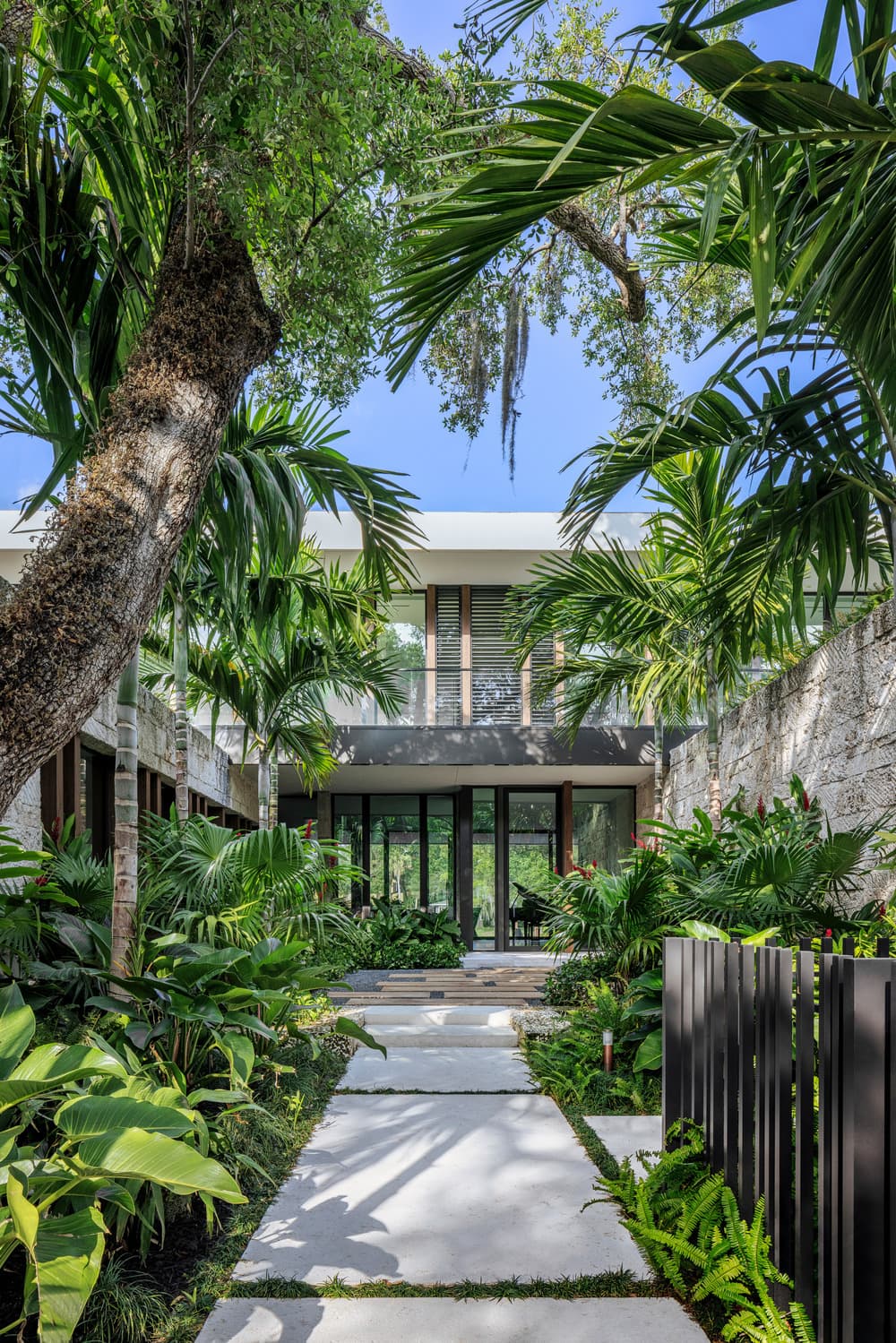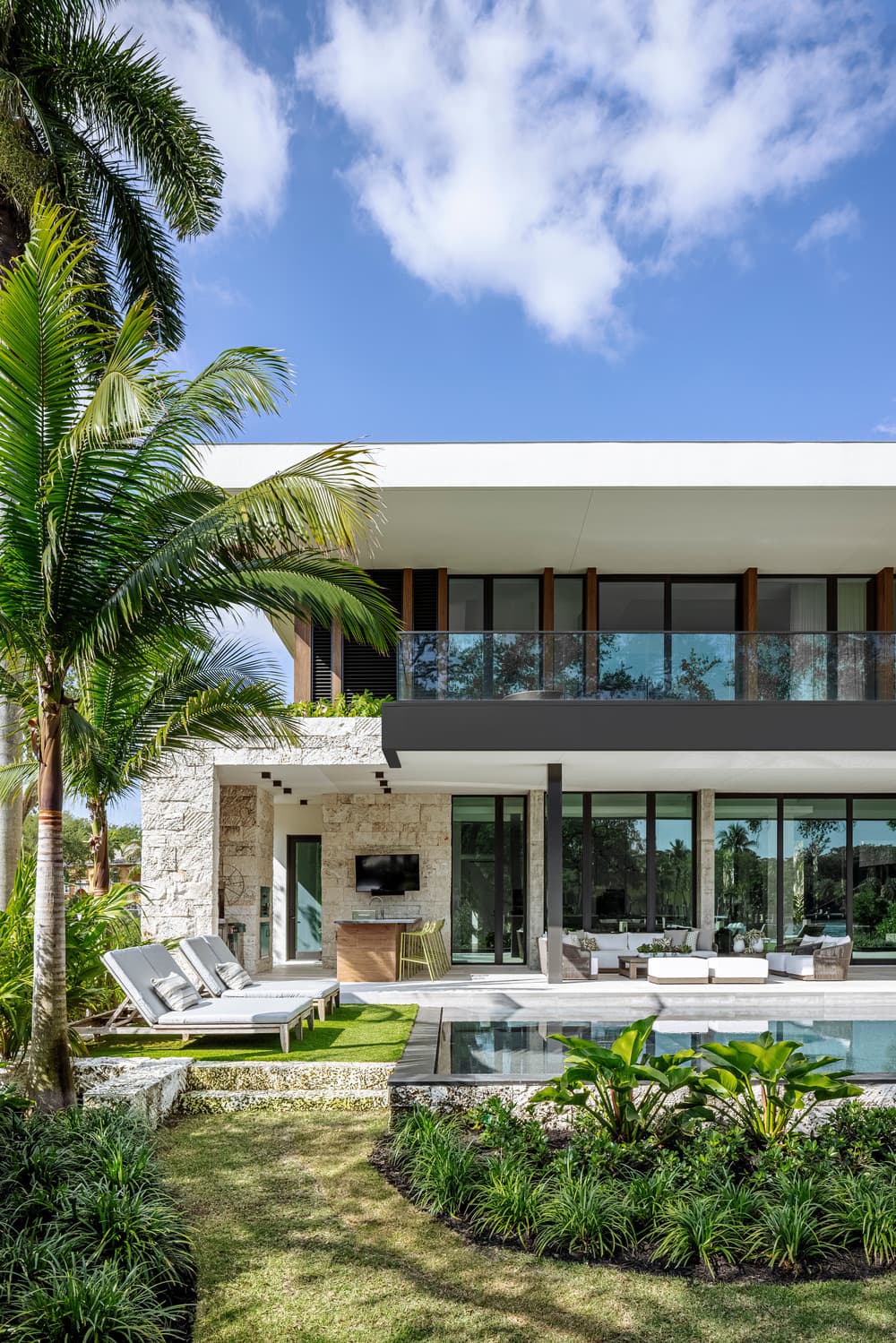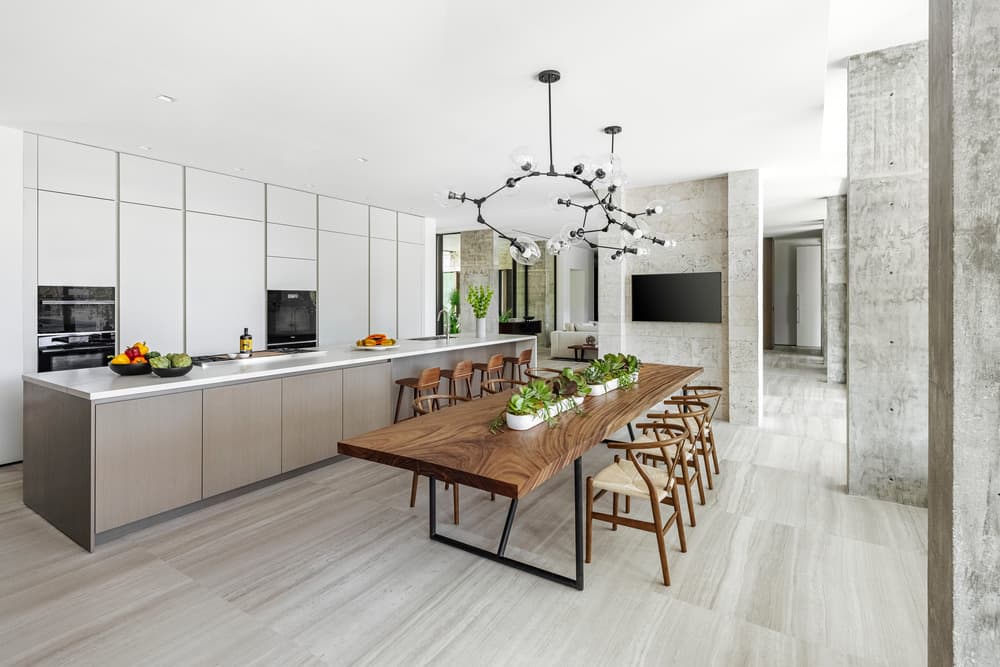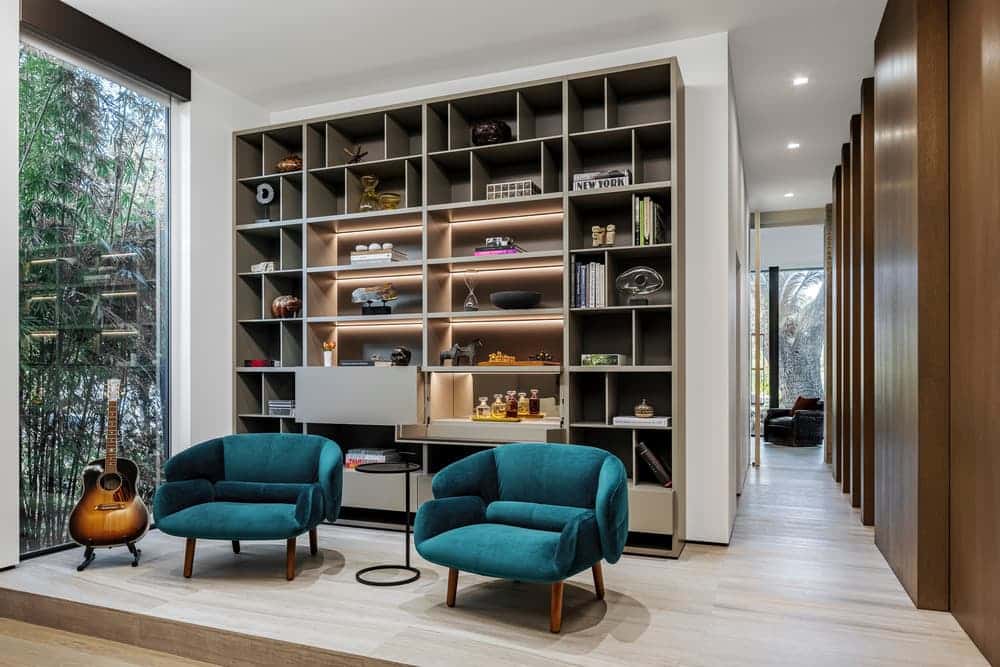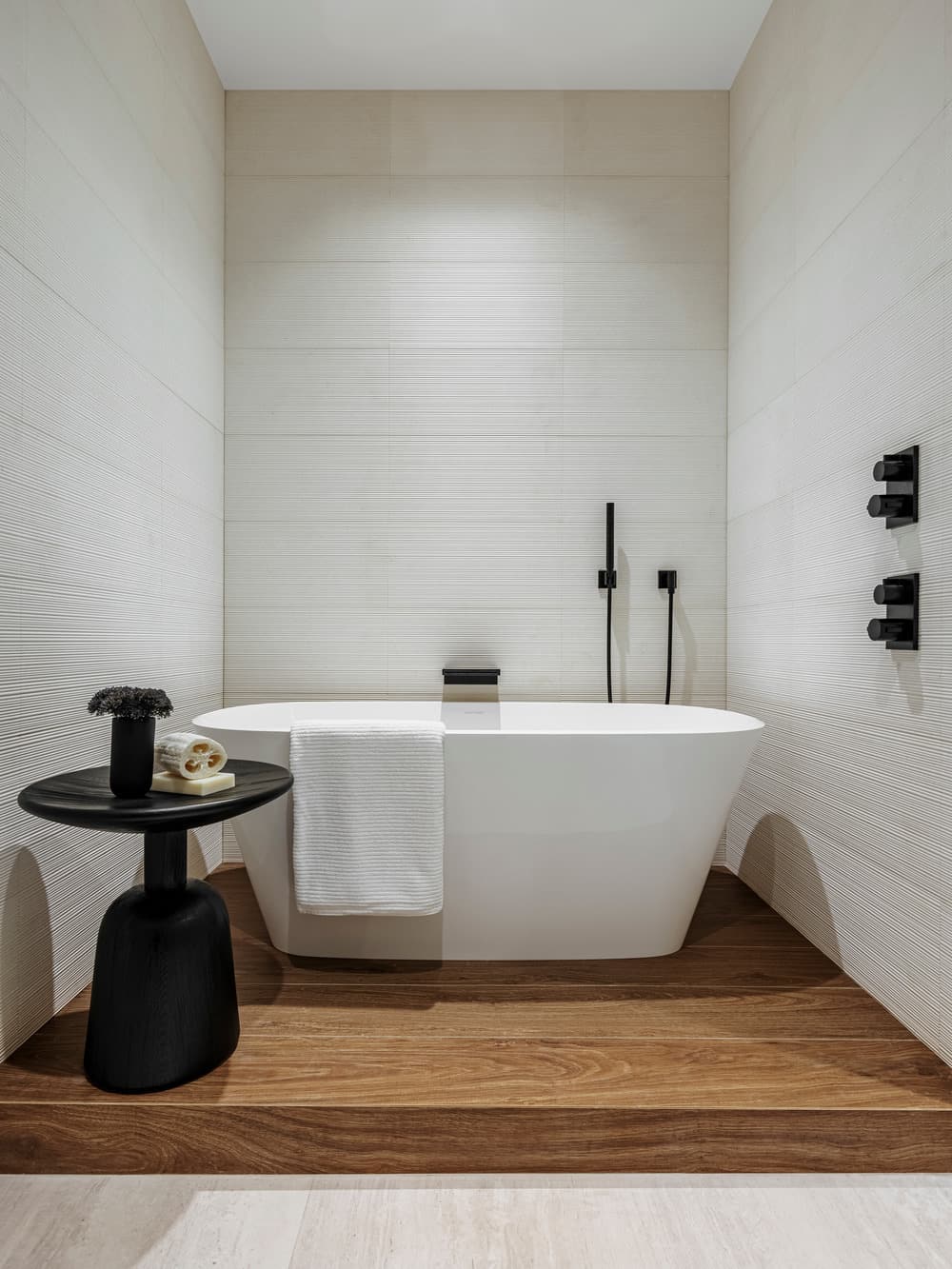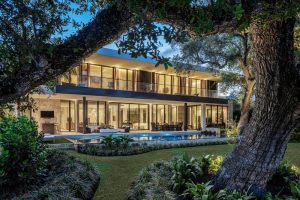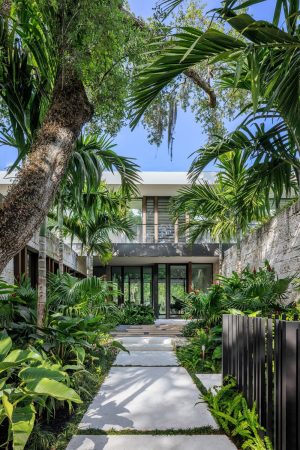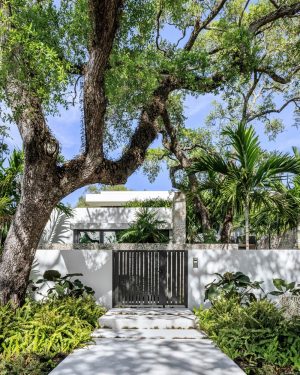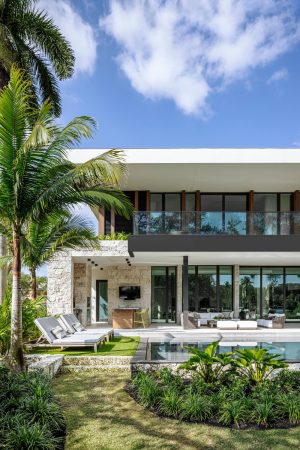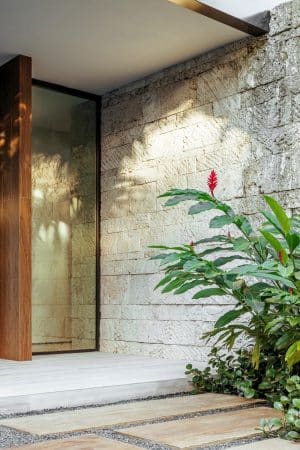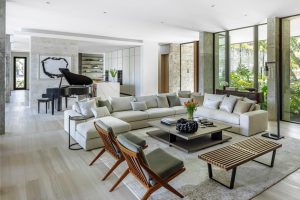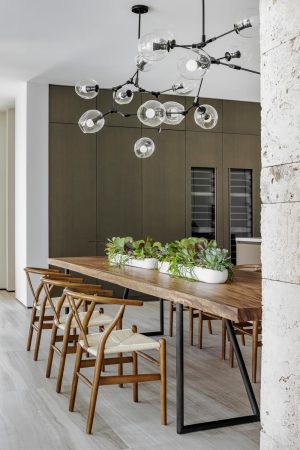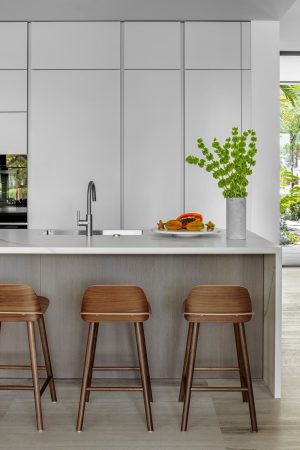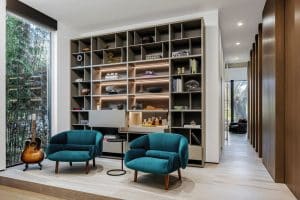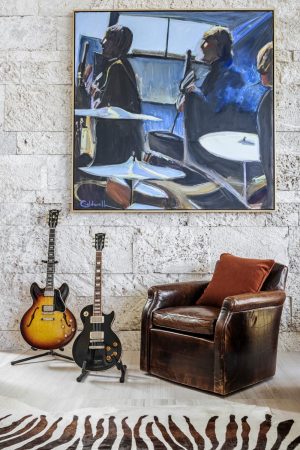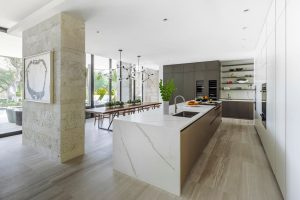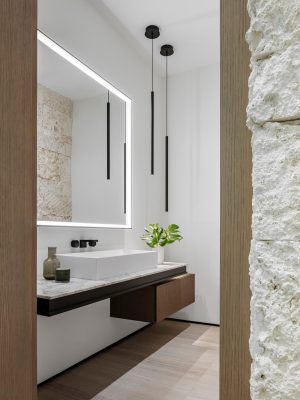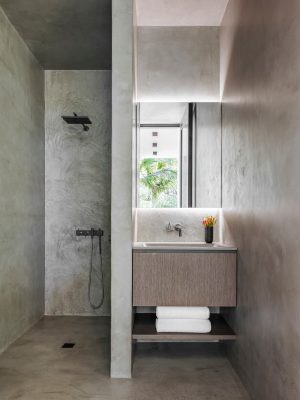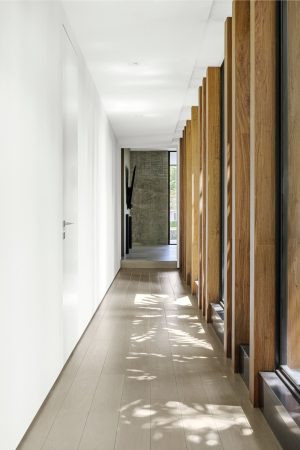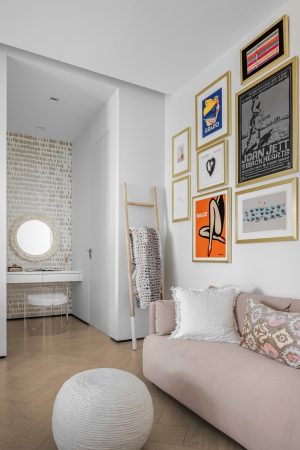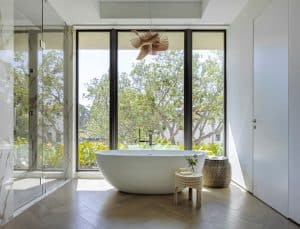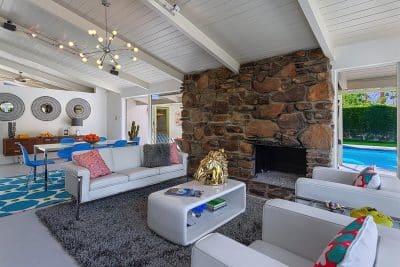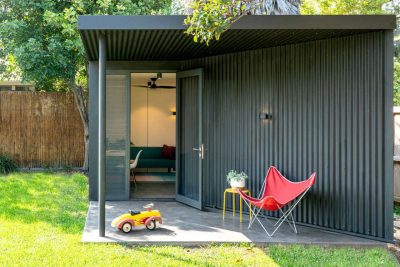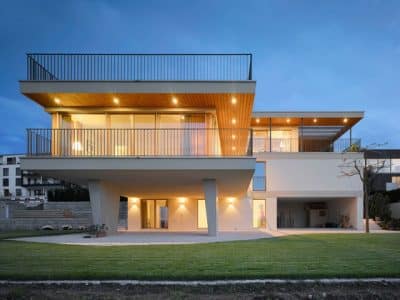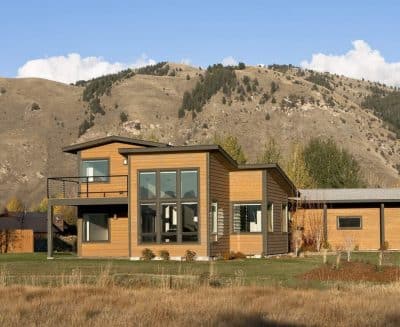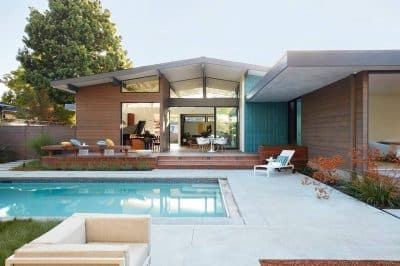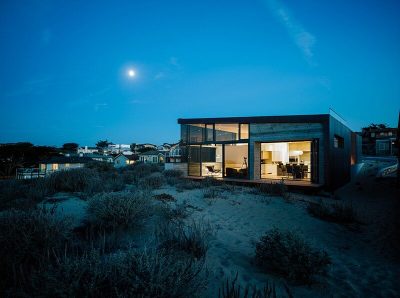Project: Sustainable Waterfront Residence
Architecture and Interior Design: Strang Design
Team: Max Strang, Jason Adams, Elizabeth Starr, Alex Mangimelli, Matt Slingerland, Maria Ascoli, Travis Harrison, Pedro Rojas, Luis Espinoza, Vanessa Peña, Isabella Hoyos, Samira Damisca
Contractor: Gulf Building
Location: Fort Lauderdale, Florida
Size: 7,900 sf
Photo Credits: Kris Tamburello Photography
The award-winning Florida firm’s newest project reflects both its full scope of services – architecture, interior design, decorating, and landscape – and deep commitment to sustainable design.
Strang Design, a multidisciplinary design firm with offices in Miami and Sarasota, Florida, has recently completed an 8,125 sq ft residence, sited along the Tarpon Bend Canal front in Fort Lauderdale, FL. Reflecting the firm’s deep commitment to a design philosophy it dubs ‘Environmental Modernism,’ the award-winning residence also showcases numerous sustainable design moves.
Strang Design’s scope showcases the firm’s integrated design prowess and included everything from designing and overseeing all aspects of the home’s architecture, to interior design and decor, art advisory, and landscape design. To honor the surrounding terrain, Strang Design designed the home around existing oak trees, which makes it feel both timeless and at one with nature.
Furthermore, the team was specifically tasked with expanding the house within the grove of trees, while embracing sustainable design features and innovative wellness technologies—all of utmost importance to the clients.
The design underscores the firm’s ongoing explorations of regional modernism by adapting a rectilinear frame with site-specific and climate-specific considerations. In this case, vertical ‘fins’ that address shading and privacy concerns were incorporated within the rectilinear frame. The team utilized a passive design approach to help reduce the home’s energy footprint, while also incorporating engineered systems focused on wellness.
Various design moves include cross ventilation, deep overhangs, and a solar panel array on the roof. In addition, the home’s lighting design works in response to circadian rhythms with the option to be programmed, while a mechanical water system treats and enhances the quality of the local water supply.


